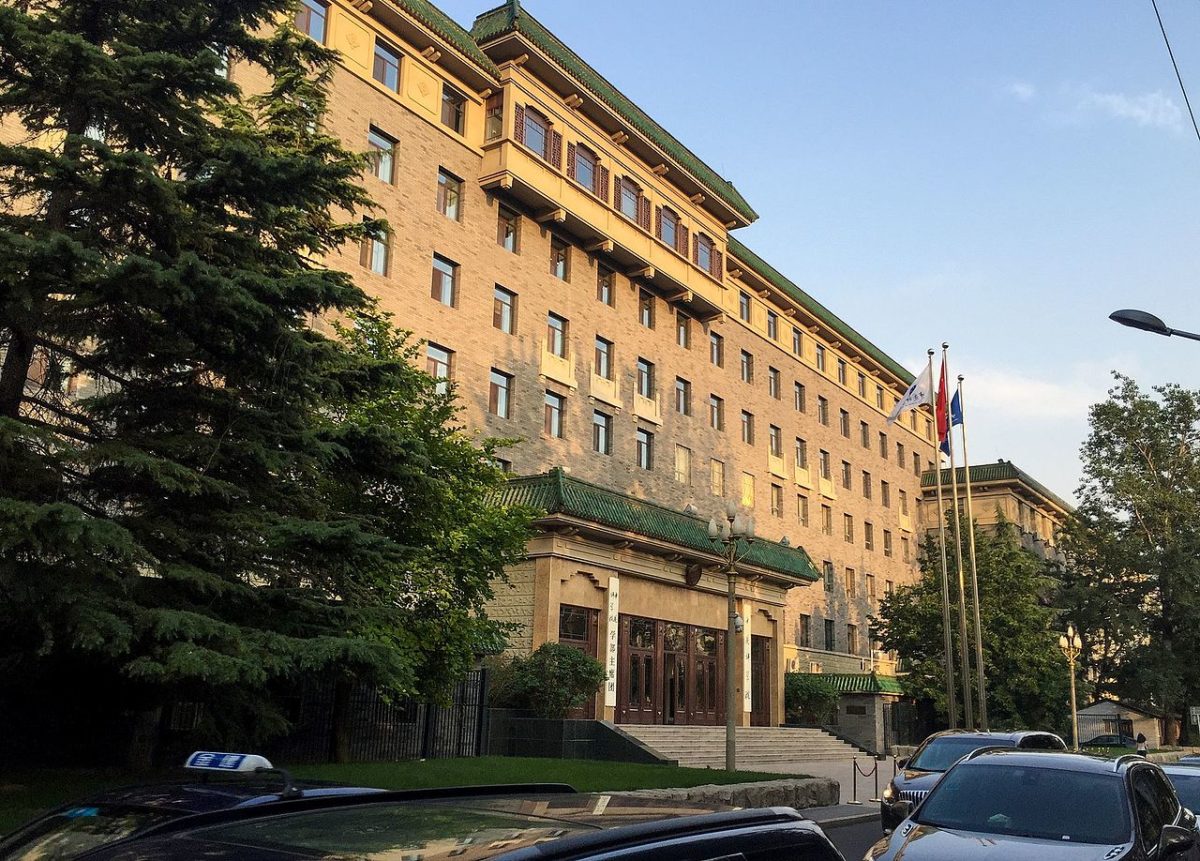Researchers at the Chinese Academy of Sciences have sought to understand how the silica-based anti-reflection coatings used on solar panels might affect performance by exacerbating soiling problems.
The researchers analyzed four types of silica-based coating and the effects of surface morphology and chemistry on their anti-soiling properties, at the Chinese city of Ningbo in Zhejiang province.
The scientists said the two most commonly used coatings operate on hydrophobic or hydrophilic principles. “Hydrophobic surfaces can be considered as anti-soiling coatings because water … drops … readily [roll along] the surface to carry the dust and dirt away,” the group stated. By contrast, said the researchers, hydrophilic surfaces attract a film of water with the slope of panels ensuring it runs to the bottom, carrying dirt and dust with it. In each case, noted the scientists, water droplets are crucial for the cleaning process.
While previous studies have demonstrated the anti-soiling properties of silicon dioxide (SiO2)-based hydrophobic and hydrophilic coatings in arid areas, the group noted, research needs to be conducted into their interaction with surface morphology and chemistry in humid coastal climates.
Experiments
One experiment conducted by the Academy of Sciences team compared the performance of hollow-silica-nanoparticle (HSN)-based coatings with that of solid-silica-nanoparticle (SSN) alternatives, with their attendant differences in texture. A second experiment compared hydrophobic and hydrophilic HSN coatings, modified with methyl and fluorinated groups.
Outdoor soiling tests, without artificial cleaning, were carried out for six months along with a laboratory-based dust settling and removal test, performed to understand the origin of the anti-soiling effects of such coatings.
The researchers found HSN coatings offered better outdoor anti-soiling properties than SSN materials. “Considering both self-cleaning and anti-dust properties under humid and arid environments, respectively, the hydrophilic HSN exhibits the best outdoor anti-soiling performance in a typical coastal city,” stated the group. The Academy of Sciences team found the HSN coating based on fluorinated groups offered the worst anti-soiling performance, due to the insufficient self-cleaning properties of the large adhesion forces between the particles and surface.
The findings of the study were presented in the paper Preliminary studies of effects of surface morphology and chemistry of silica-based antireflection coatings on anti-soiling performance under Ningbo’s climate, published in Solar Energy and on the ScienceDirect website.
This content is protected by copyright and may not be reused. If you want to cooperate with us and would like to reuse some of our content, please contact: editors@pv-magazine.com.




0 comments
By submitting this form you agree to pv magazine using your data for the purposes of publishing your comment.
Your personal data will only be disclosed or otherwise transmitted to third parties for the purposes of spam filtering or if this is necessary for technical maintenance of the website. Any other transfer to third parties will not take place unless this is justified on the basis of applicable data protection regulations or if pv magazine is legally obliged to do so.
You may revoke this consent at any time with effect for the future, in which case your personal data will be deleted immediately. Otherwise, your data will be deleted if pv magazine has processed your request or the purpose of data storage is fulfilled.
Further information on data privacy can be found in our Data Protection Policy.